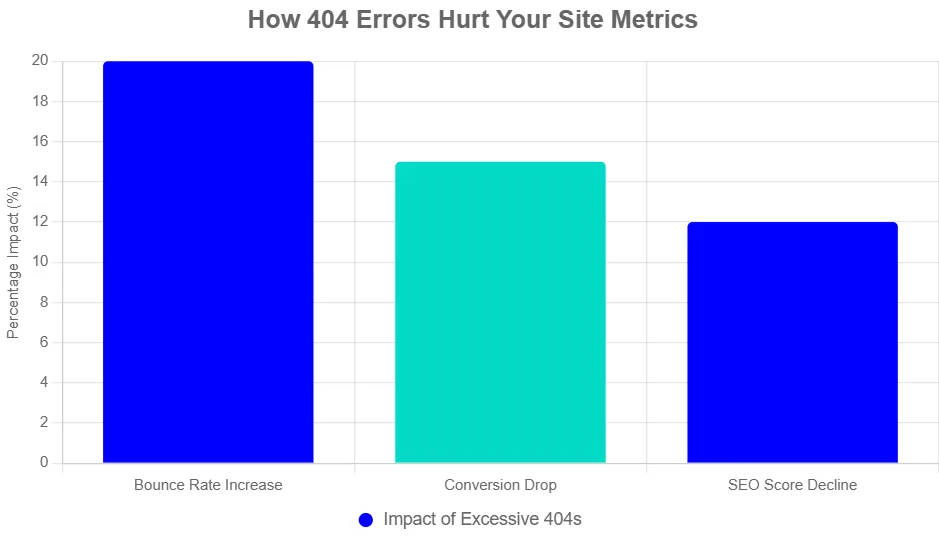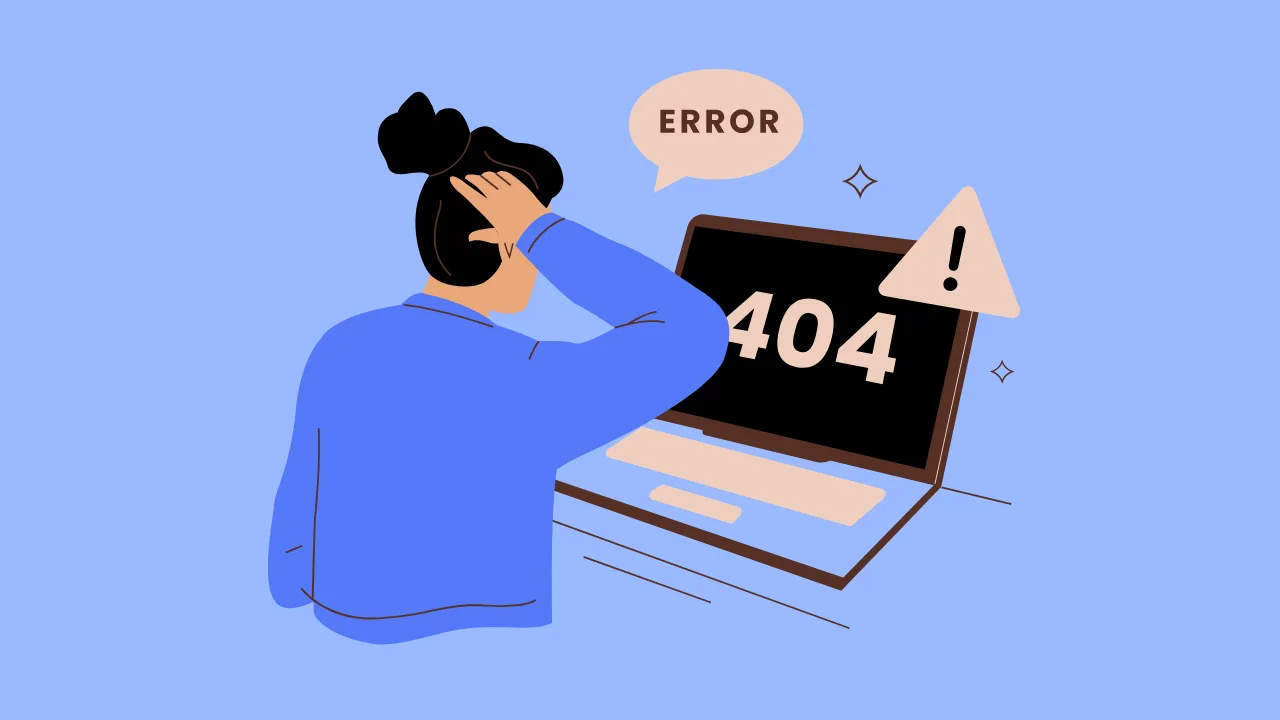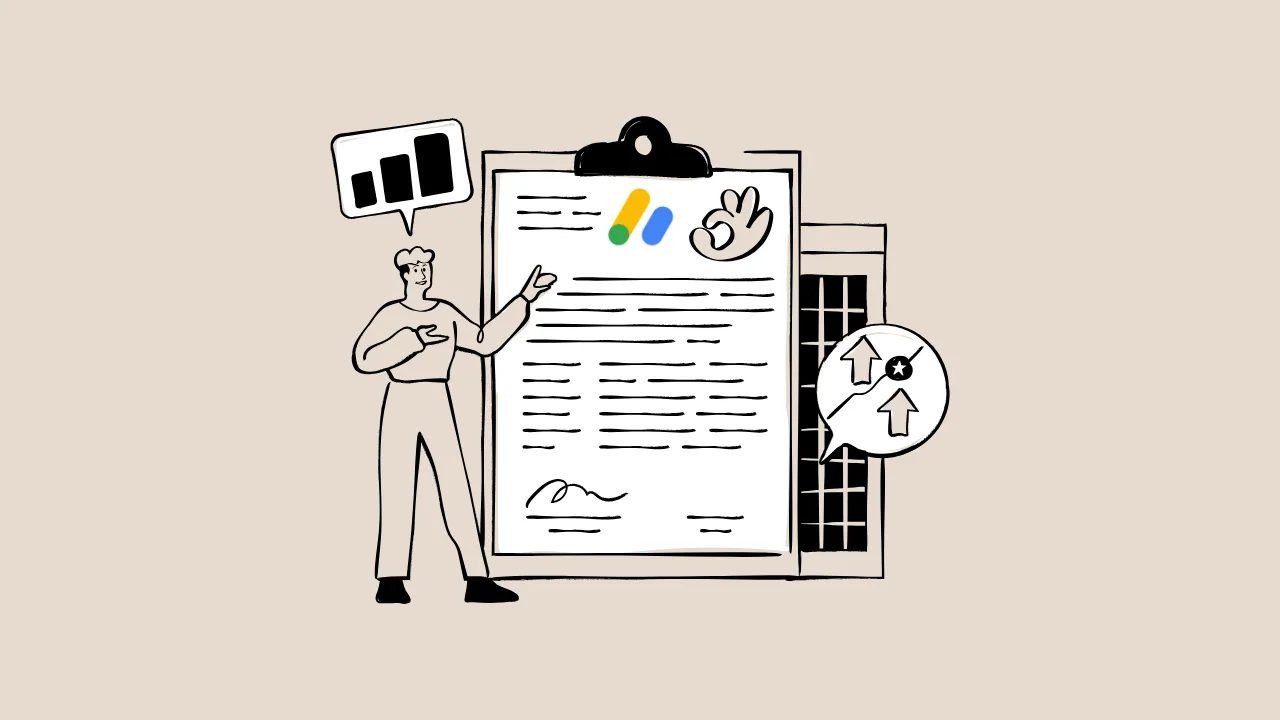Hey there, young web explorer! Imagine clicking a link on your favorite site, only to hit a big “404 Not Found” wall. It’s like chasing a treasure map to an empty chest. That frustration? It hits your visitors too. And guess what? It can mess with your site’s SEO, making it harder for Google to love your pages.
In this guide, we’ll tackle how to find and fix 404 errors fast. You’ll learn simple tricks to spot broken links and turn them into smooth paths. Ready to make your site a happy place for everyone?
What Is a 404 Error?
A 404 error is like a “page not found” sign on the web. It happens when someone clicks a link to a page that no longer exists. Maybe you deleted it or moved it without telling the site.
Think of it this way: Your website is a big library. A 404 is a missing book that leaves readers scratching their heads. It’s named after an old HTTP code that servers send to say, “Sorry, that spot is empty.”
These errors are normal. But too many can annoy users and confuse search engines.
If some URLs on your site 404, this fact alone does not hurt you or count against you in Google’s search results.” — Google Search Central Blog
Why SEO 404 Errors Matter So Much
Okay, kiddo, here’s the deal. A few 404s won’t tank your site. But lots of them? They steal crawl time from Google bots. That’s like a robot vacuum getting stuck on crumbs instead of cleaning the whole room.
They spike bounce rates—users leave fast when frustrated. That hurts your SEO scores. Plus, lost links mean missed chances for visitors to explore more.
So, what’s the bottom line? Fixing them builds trust. It shows Google your site is tidy and user-friendly. And in 2025, with AI crawlers getting smarter, clean sites win big.
“First off, the 404s wouldn’t affect the rest of your site’s rankings.” — John Mueller, Google Search Advocate
The Hidden Impact of Unfixed 404 Errors
Picture this: Your site has sneaky 404s hiding in corners. Users click away. Google notices the chaos. Over time, your rankings slip.
Check out this quick chart. It shows how excessive 404 errors hit key metrics. Data from recent SEO studies paints a clear picture.

See that 12% SEO drop? It’s real—sites with too many broken links lose ground fast. Fix them, and watch your traffic climb.
Comparison of Broken Link Checkers: Pick Your Tool
Not sure which broken link checker to grab? We’ve got you. This table breaks down top free ones. It helps you choose based on ease and power. All are beginner-friendly.
| Tool Name | Key Feature | Best For | Price/ROI | Cons/Issues |
|---|---|---|---|---|
| Google Search Console | Auto-detects site errors | Quick Google scans | Free / High | Needs site verification |
| Screaming Frog | Crawls up to 500 URLs free | Deep site dives | Free (limited) / Medium | Learning curve for pros |
| Broken Link Checker | Scans and emails reports | Ongoing monitoring | Free / High | Slower on big sites |
| Ahrefs Webmaster Tools | SEO insights with fixes | Link health + backlinks | Free / Very High | Signup required |
Pick Google Search Console first—it’s like your site’s free doctor. It spots what is a 404 error right away.
How to Find and Fix 404 Errors: Your 4-Step Plan
Time to roll up sleeves! This checklist is your roadmap. Follow these steps like a treasure hunt. You’ll find and fix 404 errors in no time.
- Hunt with a Broken Link Checker: Log into Google Search Console. Go to “Coverage” under Indexing. Look for “Not found (404)” errors. It’s like using a metal detector for hidden junk.
- Prioritize the Big Ones: Sort by how often they show up. Fix popular pages first. Ask: Does this link come from your menu or blog? Those hurt most.
- Redirect Smartly: Use 301 redirects for moved pages. Here’s a simple code example in your .htaccess file (for Apache servers). Add this line:
Redirect 301 /old-page.html https://yoursite.com/new-page.html
Think of it as a signpost saying, “Go this way instead!” For deleted pages, just let the 404 stay—but make a fun custom page.
4. Test and Watch: After fixes, resubmit URLs in Search Console. Use tools like Screaming Frog to double-check. Celebrate with a high-five when errors drop!
“Accept that 404s are fine, they’re a normal part of a healthy website.” — John Mueller, Google Search Advocate
How to Redirect 404 Pages Like a Pro
Redirects keep SEO flowing. A 301 says, “This page moved forever—follow me.” It passes link juice to the new spot.
But don’t overdo it. Redirecting a cat page to a dog one? Bad idea. Users hate that.
Instead, craft a custom 404 page. Add a search bar and fun image, like a cartoon explorer saying, “Oops, lost the trail? Search here!” It turns frustration into fun.
Pro tip: In WordPress, use plugins like Redirection. Easy as pie.
“Websites with excessive 404 errors experience a 12% drop in overall SEO performance.” — PageOptimizer Pro Technical SEO Report, 2025
Mastering SEO 404 Errors for a Rock-Solid Site
You’ve got the tools now. Finding and fixing 404 errors isn’t just tech talk—it’s about making your site welcoming. As Google rolls out more user-first updates in 2025, clean links will be your secret weapon.
Keep checking monthly. Your future self (and visitors) will thank you. Go build that top-ranking site!
Frequently Asked Questions (FAQs)
What Is a 404 Error and Why Does It Happen?
A 404 error means a page is missing. It pops up from deleted posts, typos in links, or server glitches. No biggie—just fix the path!
How Does a Broken Link Checker Help My Site?
It scans for dead ends automatically. Tools like these save hours and keep your SEO sharp by spotting issues early.
Can SEO 404 Errors Ruin My Rankings?
Not one or two. But tons can annoy users and waste bot time. Fix them to stay in Google’s good books.
What’s the Best Way to Redirect 404 Pages?
Use 301 for permanent moves. Test it, then watch traffic flow to the right spot. Simple and effective!
How Often Should I Check for 404 Errors?
Once a month for starters. More if you update content a lot. Stay ahead of the curve, champ.






